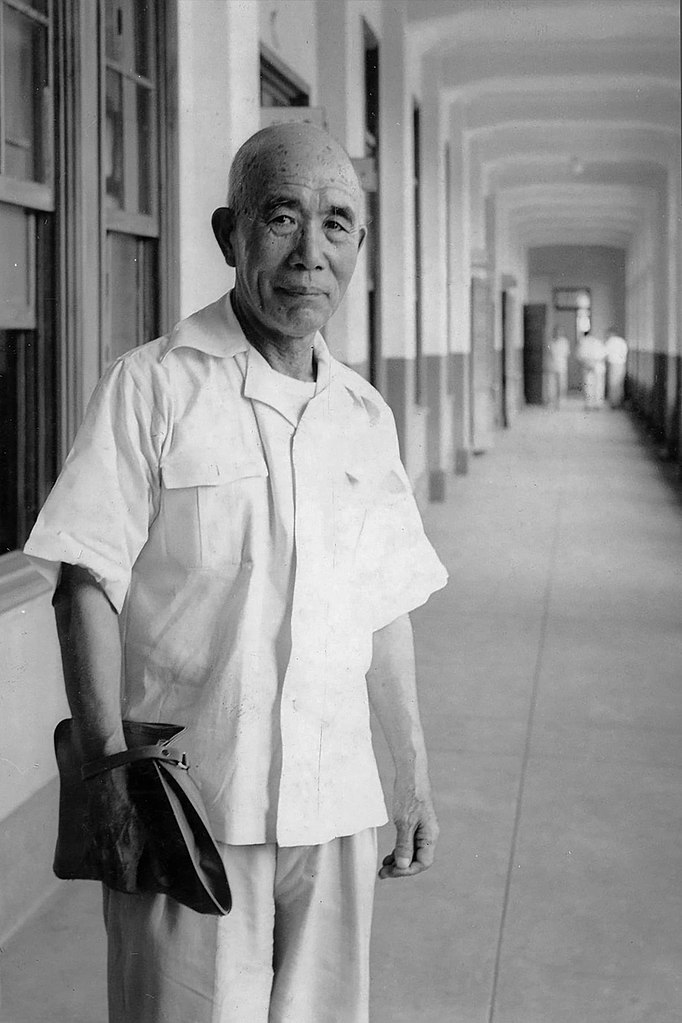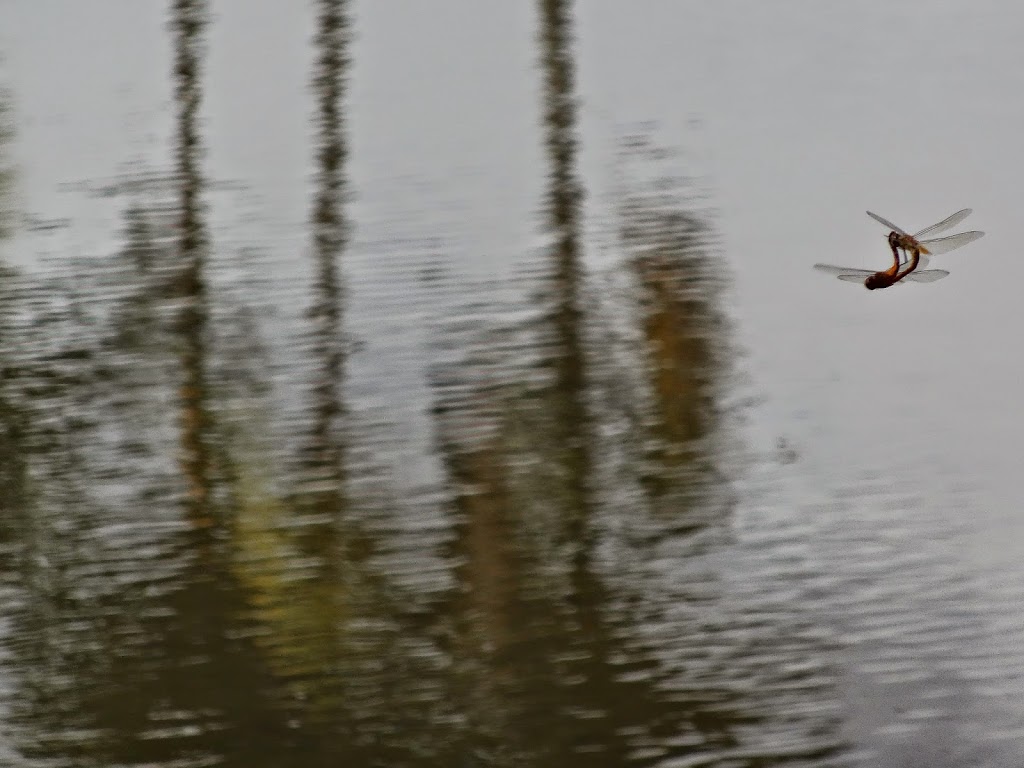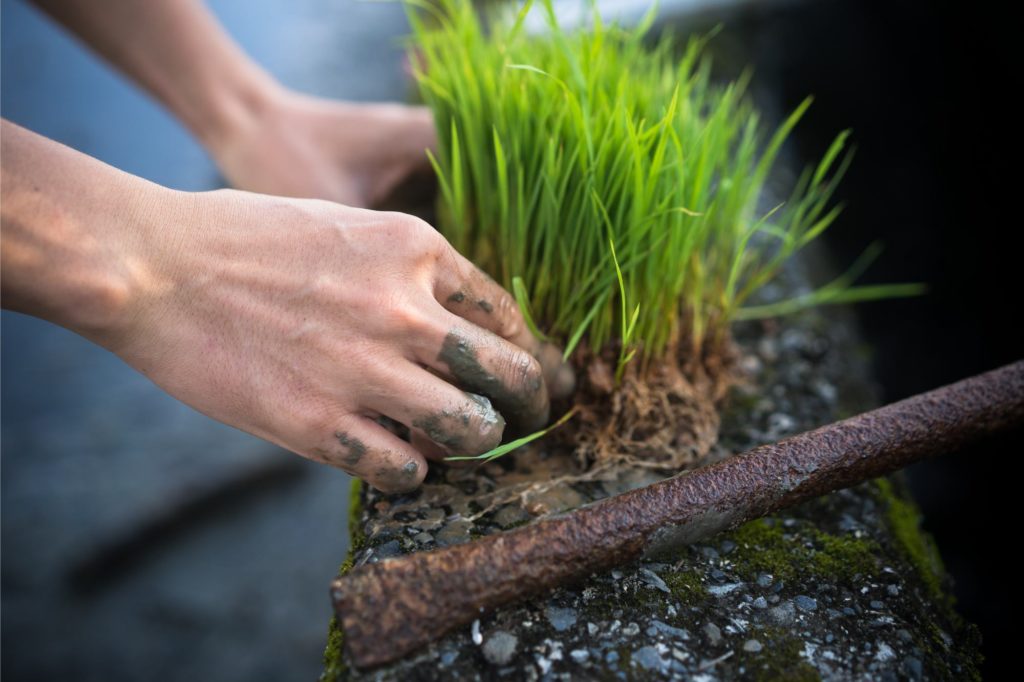Exploring the World of Flavors: A Tribute to Global Cuisine
Food is a universal language that transcends all barriers. I

【Rice Agri-food education】A Brief History of Rice Farming in Taiwan: Japanese Occupation Period
內容目錄
Toggle從日治時代開始,國家積極介入管理稻米生產,為了向農民推廣現代化耕作技術、鼓勵水稻生產,日本政府結合學者研究,以插畫、海報宣傳稻米種植事業,並舉辦競賽、公開頒發獎狀。
日本政府監督稻米品質、管控稻米價格,也藉由壓低糧價,創造社會競爭力,然而農民收入常處於底層,甚至以較廉價的米混合蕃薯簽當作主食,吃不起自己種的蓬萊米。
Since the era of Japanese occupation, the government has been actively involved in the management of rice production. In order to promote modern farming techniques and encourage rice production to farmers, the Japanese government, in conjunction with the research of scholars, promotes rice cultivation with illustrations and posters, and organizes competitions and public awards.
The Japanese government supervises the quality of rice, controls the price of rice, and also creates social competitiveness by reducing the price of food. However, the income of farmers is often at the bottom, and they even use cheaper rice mixed with sweet potato sticks as their staple food, and they cannot afford to grow their own Penglai rice.

明治維新時期(1860- 1880年間),日本由農業轉型為工業國家,在工業化的過程中,原本的農業人口大量移動到都市成為勞工,農村面臨人口流失、生產力下降,導致日本糧食短缺問題日益嚴重。
西元1895年,清朝在甲午戰爭戰敗,清日兩國簽訂《馬關條約》,中國將臺灣與澎湖主權交給日本。為了配合日本的工業發展,「工業日本、農業台灣」成為日本殖民台灣的經濟政策。
在這個時代背景下,台灣總督府推動了許多農業建設與政策,包括在各地設立各種作物試驗場、修建大型水利工程、研究作物品種、改良栽種技術,而其中最重要的就是蔗糖與稻米。
During the Meiji Restoration (1860-1880), Japan transformed from an agricultural country to an industrial country. During the process of industrialization, a large number of the original agricultural population moved to the cities to become laborers, and the rural areas faced population loss and reduced productivity, resulting in an increasingly serious food shortage in Japan. .
In 1895, the Qing Dynasty was defeated in the Sino-Japanese War, and the Qing and Japan signed the “Treaty of Shimonoseki”, and China handed over the sovereignty of Taiwan and Penghu to Japan. In order to cooperate with Japan’s industrial development, “Industrial Japan, Agricultural Taiwan” became the economic policy of Japan to colonize Taiwan.
In the context of this era, the Taiwan Governor’s Office has promoted many agricultural constructions and policies, including setting up various crop test sites in various places, building large-scale water conservancy projects, researching crop varieties, and improving planting techniques, the most important of which are sucrose and rice.
日據初期,日本政府即大力扶植日本資本家到台灣發展製糖工業,在台灣生產蔗糖,再將蔗糖送回需求高的日本。也因為日本有糧食不足的問題,因此也非常重視台灣的稻米生產潛力。
在磯永吉博士的努力下,台灣也成功栽培出合乎日本人口味的「稉米」,並在 1926 年命名為「蓬萊米」。此後,蓬萊米在台灣的種植面積迅速擴張,台灣稻米產量大增,其中大部分運往日本。而因為種植蓬萊米的收益提高,甘蔗種植面積大受影響,讓原本日治初期以蔗糖為主的經濟體系,在 1930年代演變成「米糖相剋」的局勢。
當時稻米與甘蔗的種植互相競爭農地,製糖會社實施「米價比準法」,企圖打壓稻米的種植,但因為日本還是需要台灣提供稻米,所以台灣總督府反而鼓勵農民轉作稻米,最後導致台灣的農業從原本專注在蔗糖、稻米,轉向多角化經營。
In the early days of Japanese occupation, the Japanese government vigorously encouraged Japanese capitalists to develop the sugar industry in Taiwan, produce sucrose in Taiwan, and then send the sucrose back to Japan, where demand is high. Also because Japan has a food shortage problem, it also attaches great importance to Taiwan’s rice production potential.
With the efforts of Dr. Isonagaji, people has also successfully cultivated “japonica rice” that suits the Japanese taste in Taiwan, and in 1926 it was named “Penglai Rice”. Since then, the planting area of Penglai rice in Taiwan has expanded rapidly, and Taiwan’s rice production has increased significantly, most of which are shipped to Japan. Due to the increase in the income of planting Penglai rice, the sugarcane planting area was greatly affected, so that the original economic system that was dominated by cane sugar in the early days of the Japanese occupation evolved into a situation of “rice and sugar competing” in the 1930s.
At that time, the cultivation of rice and sugarcane competed with each other for farmland. The sugar company implemented the “Rice Price Ratio Standard Law” in an attempt to suppress the cultivation of rice. However, because Japan still needed Taiwan to provide rice, the Taiwan Governor’s Office encouraged farmers to switch to rice, which eventually led to Taiwan Its agriculture has shifted from focusing on sucrose and rice to diversification.
▎延伸閱讀:維基百科-米糖相剋
Extended reading: Wikipedia – Rice Sugar Xiangke

如果要了解台灣水稻發展史,就一定要認識磯永吉博士(西元1886年-1972年)。磯永吉博士出生於日本廣島縣福山市,於1912年來台,並任職台灣總督府農事試驗場,而後也擔任台灣總督府農業試驗所所長、台北帝國大學教授、台中農事試驗場場長等重要職位。
磯永吉博士來台45年,發表了許多水稻育種、作物耕種改良的重要著作。在1928年發表的「台灣稻の育種學的研究」,讓他榮獲北海道帝國大學農學博士,此研究分析台灣稻種分類的特性,是改良台灣水稻品質的重要基礎資料。在1926年,日本型稻種在台灣栽培成功,被命名為「蓬萊米」,磯永吉博士因為功勞甚大,被稱為「蓬萊米之父」。
二次大戰(1939- 1945年)結束後,由於磯永吉博士對台灣農業有卓越的貢獻,台灣省政府聘用他為顧問,協助國內糧食生產的技術改良,磯永吉博士也成為當時極少數獲留台灣的日本人。

▎延伸閱讀:維基百科-磯永吉博士
Extended reading: Wikipedia – Dr. Iso Eikichi
If you want to understand the history of rice development in Taiwan, you must know Dr. Iso Eikichi (1886-1972). Dr. Iso Eikichi was born in Fukuyama City, Hiroshima Prefecture, Japan. He came to Taiwan in 1912 and worked at the Taiwan Governor’s Office Agricultural Experiment Field. He later also served as the director of the Taiwan Governor’s Office Agricultural Experiment Institute, a professor at Taipei Imperial University, and the director of the Taichung Agricultural Experiment Field. .
Dr. Iso Eikichi has been in Taiwan for 45 years and has published many important works on rice breeding and crop cultivation improvement. In 1928, he published “Research on the Breeding of Rice in Taiwan”, which earned him a doctorate in agriculture from Hokkaido Imperial University. In 1926, a Japanese-type rice seed was successfully cultivated in Taiwan and was named “Penglai Rice”. Dr. Iso Eikichi was called the “Father of Penglai Rice” because of his great contribution.
After the end of the Second World War (1939-1945), due to Dr. Iso Eikichi’s outstanding contribution to Taiwan’s agriculture, the Taiwan Provincial Government hired him as a consultant to assist in the technical improvement of domestic grain production. Dr. Iso Eikichi also became one of the very few Japanese who were allowed to stay in Taiwan at that time.
歡迎註明出處並轉載、分享,也歡迎預約雙語米食文化體驗課程喔!
Welcome to indicate the source and share the articles, and also welcome to book a rice culture experience tour with us!
Food is a universal language that transcends all barriers. I
W dzisiejszych czasach, kasyna online stają się coraz bardzi
Stepping into the vibrant world of online casinos can be an